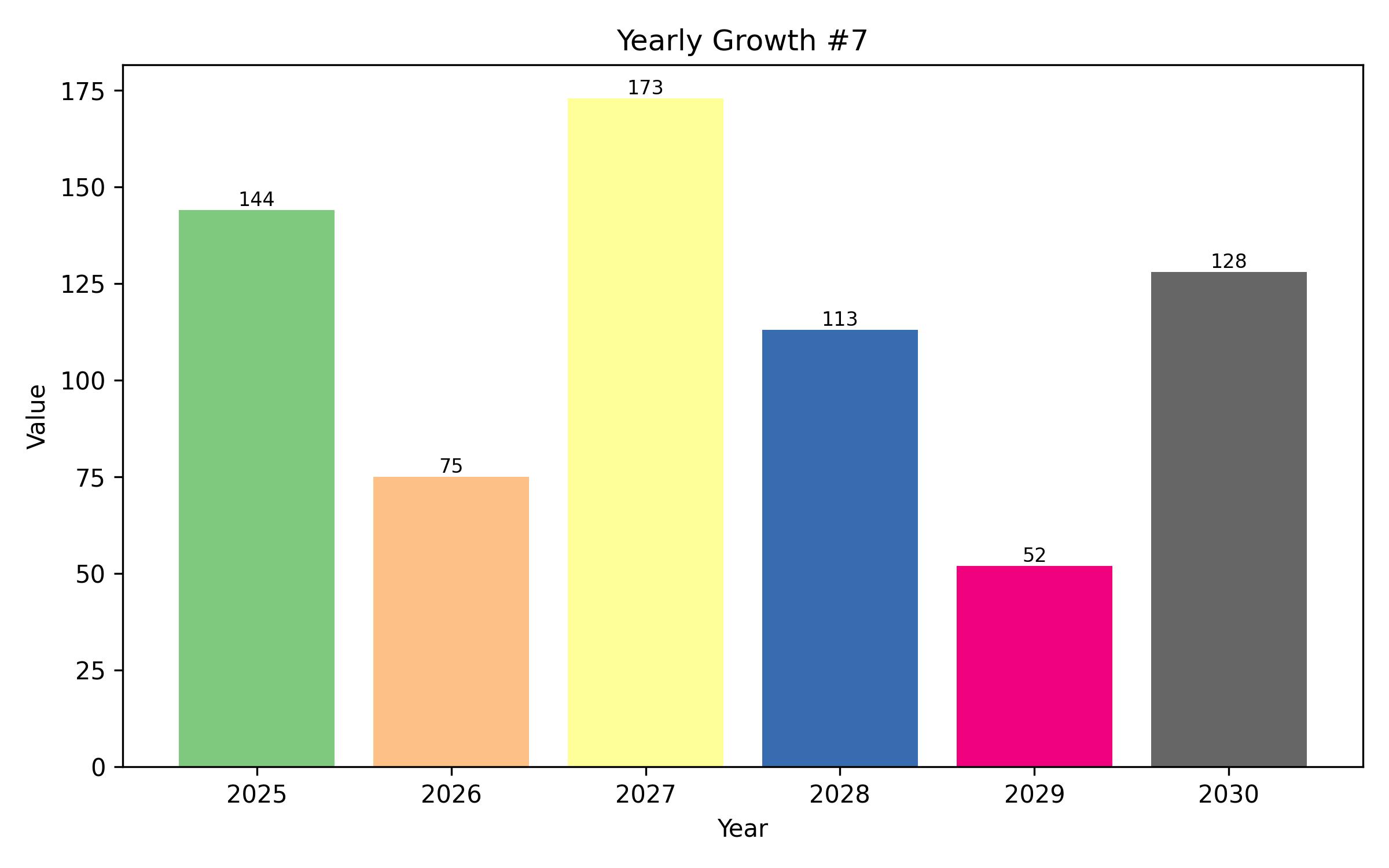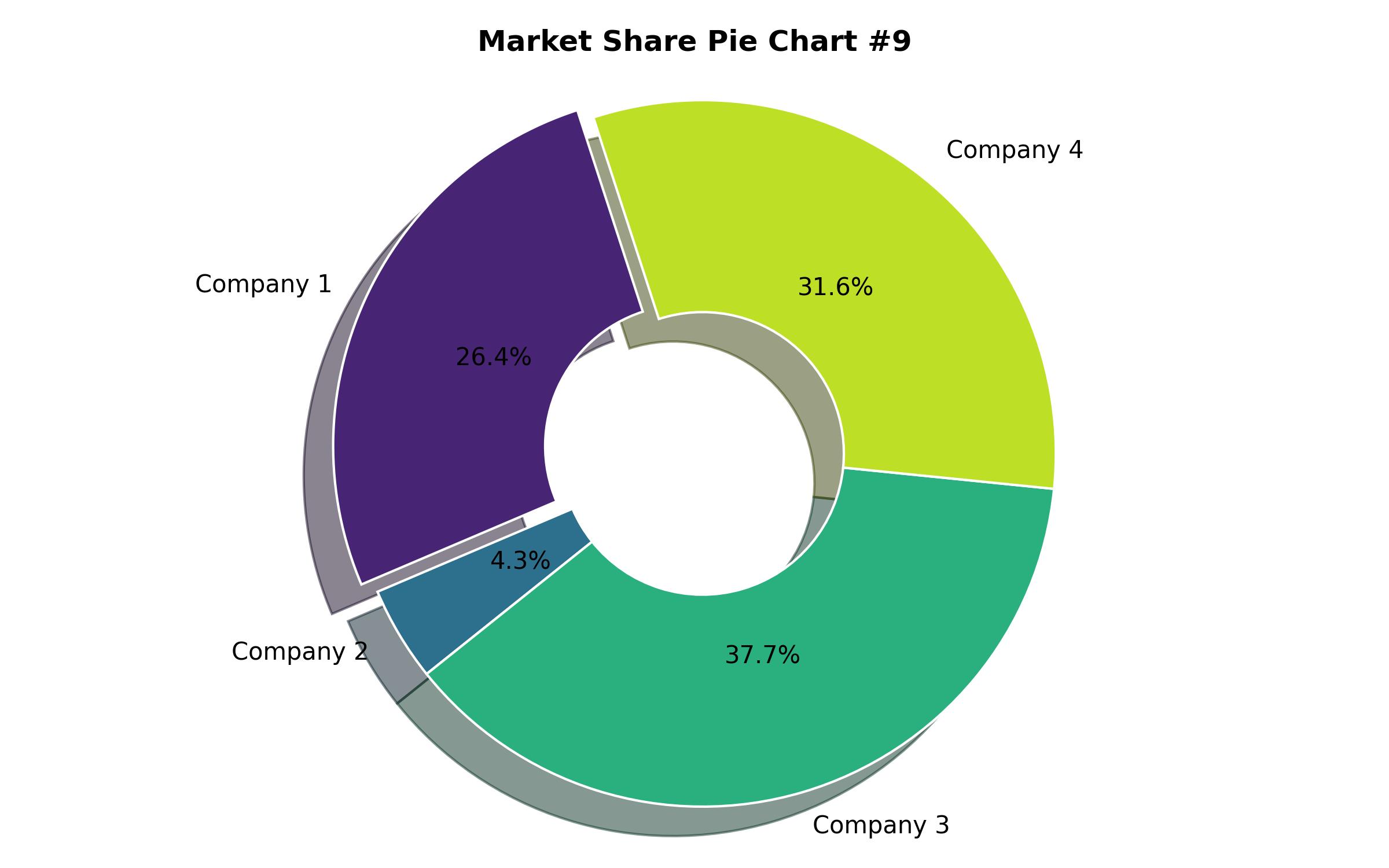Analysis and Projections for the Microbial Seed Treatment Sector
Overview:
The global market for microbial seed treatments is anticipated to attain a valuation of USD 1.36 billion in 2025. Projections indicate significant expansion, with a forecasted compound annual growth rate (CAGR) of 13.1% from 2025 through 2035, leading to an estimated market size of USD 4.58 billion by the end of the forecast period. This represents an acceleration from the CAGR of 9.1% observed between 2020 and 2025.
The substantial increase in market value is largely attributed to the growing preference for organic farming and biologically derived pest control agents. Furthermore, ongoing technological advancements are contributing to the development of more effective and stable microbial solutions. This creates opportunities for manufacturers to innovate and enter specialized markets with tailored products.
Key strategies for market participants involve focusing on the development of targeted treatments that address the specific needs of different crops and agricultural systems. Establishing strategic alliances with major agricultural corporations can facilitate market access and enhance distribution networks, thereby accelerating market penetration.
Government support for sustainable agriculture, including incentives and subsidies for farmers adopting bio-based inputs and precision farming techniques, is another significant driver. Regulatory frameworks that support the certification and labeling of microbial products further encourage their adoption and market growth.
Advancements in formulation and delivery technologies, such as seed encapsulation and various coating methods, are improving the viability and efficacy of beneficial microorganisms. These innovations lead to more reliable product performance under diverse environmental conditions.
Intensive research efforts aimed at identifying and characterizing novel microorganisms with beneficial properties, such as enhanced disease or pest resistance, are also propelling the market forward. Progress in fields like genomics and microbiology is expected to yield new product opportunities and contribute to overall market expansion.
The broader shift towards healthier and more sustainable food systems is increasingly influencing the demand for agricultural inputs like microbial seed treatments. This trend highlights the interconnectedness between innovations in seed technology and the evolving landscape of the functional food and agricultural sectors.

| Report Attribute | Details |
|---|---|
| Market Size in 2025 | USD 1.36 Billion |
| Revenue Forecast for 2035 | USD 4.58 Billion |
| Growth Rate (CAGR) | 13.1% from 2025 to 2035 |
| Base Year for Estimation | 2024 |
| Historical Data | 2020 – 2024 |
| Forecast Period | 2025 – 2035 |
| Quantitative Units | Revenue in USD million/billion and CAGR from 2025 to 2035 |
| Report Coverage | Revenue forecast, company market share, competitive landscape, growth factors, and trends |
| Covered Segments | Treatment type, Microbe type, Crop type, Application method, and Region |
| Regional Scope | North America, Europe, Asia Pacific, Latin America, MEA |
| Country Scope | U.S., Canada, Mexico, U.K., Germany, France, Italy, Poland, China, India, Japan, Australia, South Korea, Brazil, Argentina, UAE, Saudi Arabia, South Africa |
| Key Companies Analyzed | Bayer AG, Indigo Ag, Inc., Koppert, Microbial Solutions, BioConsortia, Certis USA L.L.C., VensoGrow, Syngenta Group, Heliae Development, LLC, Valent Biosciences, Corteva |
| Customization Options | Free report customization (up to 8 analysts working days) with purchase. Changes to country, regional, and segment scope |
| Pricing and Purchase Options | Customizable purchase options for tailored research needs |

Report Coverage & Deliverables
- Market Trends And Dynamics
- Competitve Benchmarking
- Historical data and forecasts
- Value/Volume analysis
- Company revenue shares and key strategies
- Regional opportunities
This is an indicative segmentation. Please request a sample report to see detail segmentation of this market.
Detailed Market Segmentation
- By Treatment Type
- Fungicides
- Insecticides
- Nematicides
- Other Treatments
- By Microbe Type
- Bacteria
- Fungi
- Viruses
- Other Microbes
- By Crop Type
- Cereals & Grains
- Oilseeds & Pulses
- Fruits & Vegetables
- Other Crop Types
- By Application Method
- Seed Coating
- Seed Dressing
- By Region
- North America
- Europe
- Asia Pacific
- Latin America
- Middle East & Africa
Table of Content
- Executive Snapshot
- Market Overview
- Key Market Trends
- Key Success Factors
- Market Demand Analysis 2020 to 2024 and Forecast, 2025 to 2035
- Market – Pricing Analysis
- Market Demand (in Value in USD Billion) Analysis 2020 to 2024 and Forecast, 2025 to 2035
- Market Background
- Market Analysis 2020 to 2024 and Forecast 2025 to 2035, By Treatment Type
- Fungicides
- Insecticides
- Nematicides
- Other Treatments
- Market Analysis 2020 to 2024 and Forecast 2025 to 2035, By Microbe Type
- Bacteria
- Fungi
- Viruses
- Other Microbes
- Market Analysis 2020 to 2024 and Forecast 2025 to 2035, By Crop Type
- Cereals & Grains
- Oilseeds & Pulses
- Fruits & Vegetables
- Other Crop Types
- Market Analysis 2020 to 2024 and Forecast 2025 to 2035, By Application Method
- Seed Coating
- Seed Dressing
- Market Analysis 2020 to 2024 and Forecast 2025 to 2035, By Region
- North America
- Europe
- Asia Pacific
- Latin America
- Middle East & Africa
- North America Market Analysis 2020 to 2024 and Forecast 2025 to 2035
- Europe Market Analysis 2020 to 2024 and Forecast 2025 to 2035
- Asia Pacific Market Analysis 2020 to 2024 and Forecast 2025 to 2035
- Latin America Market Analysis 2020 to 2024 and Forecast 2025 to 2035
- Middle East & Africa Market Analysis 2020 to 2024 and Forecast 2025 to 2035
- Region wise Market Analysis 2025 & 2035
- Market Structure Analysis
- Competition Analysis
- Assumptions and Acronyms Used
- Research Methodology
